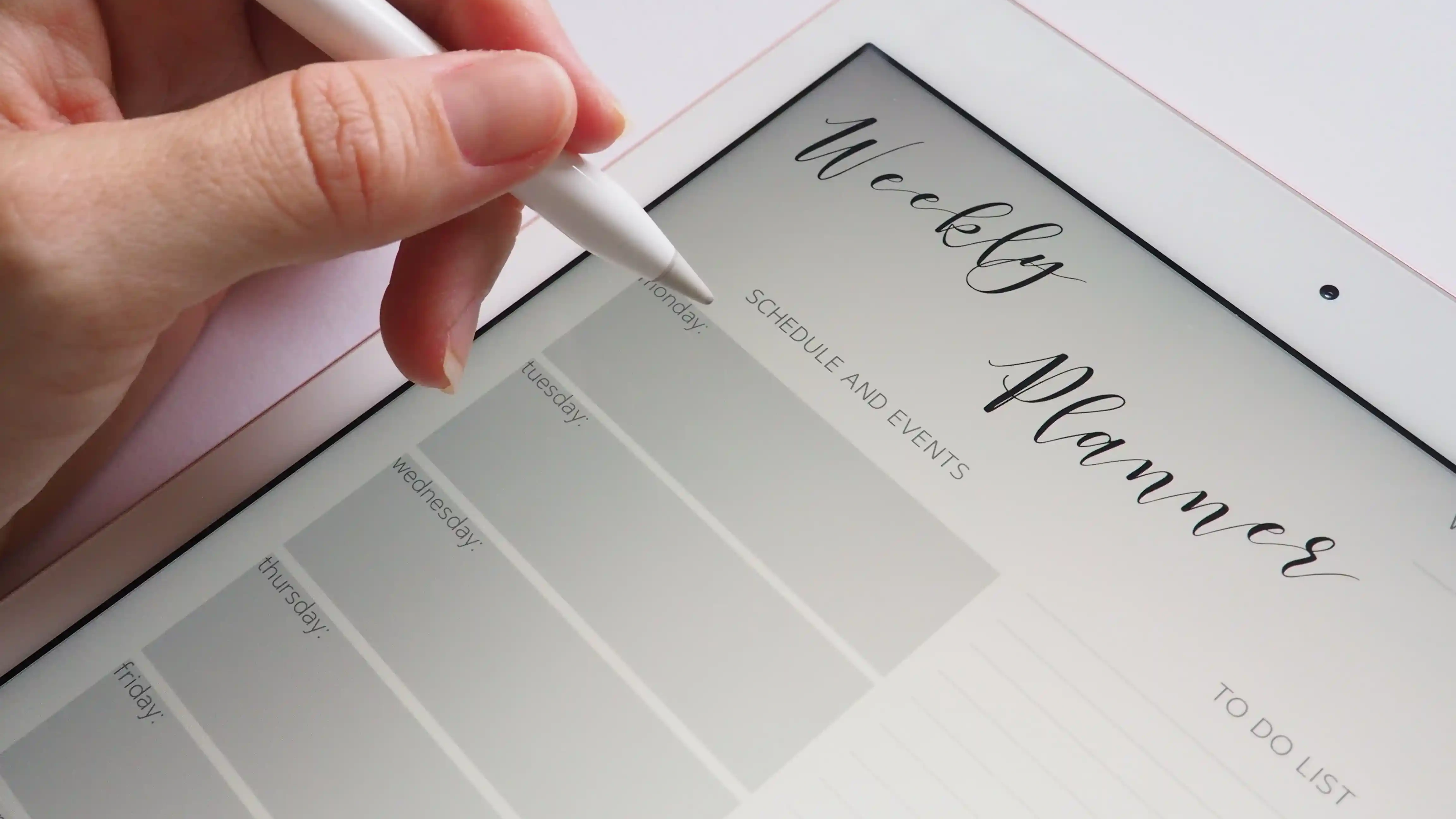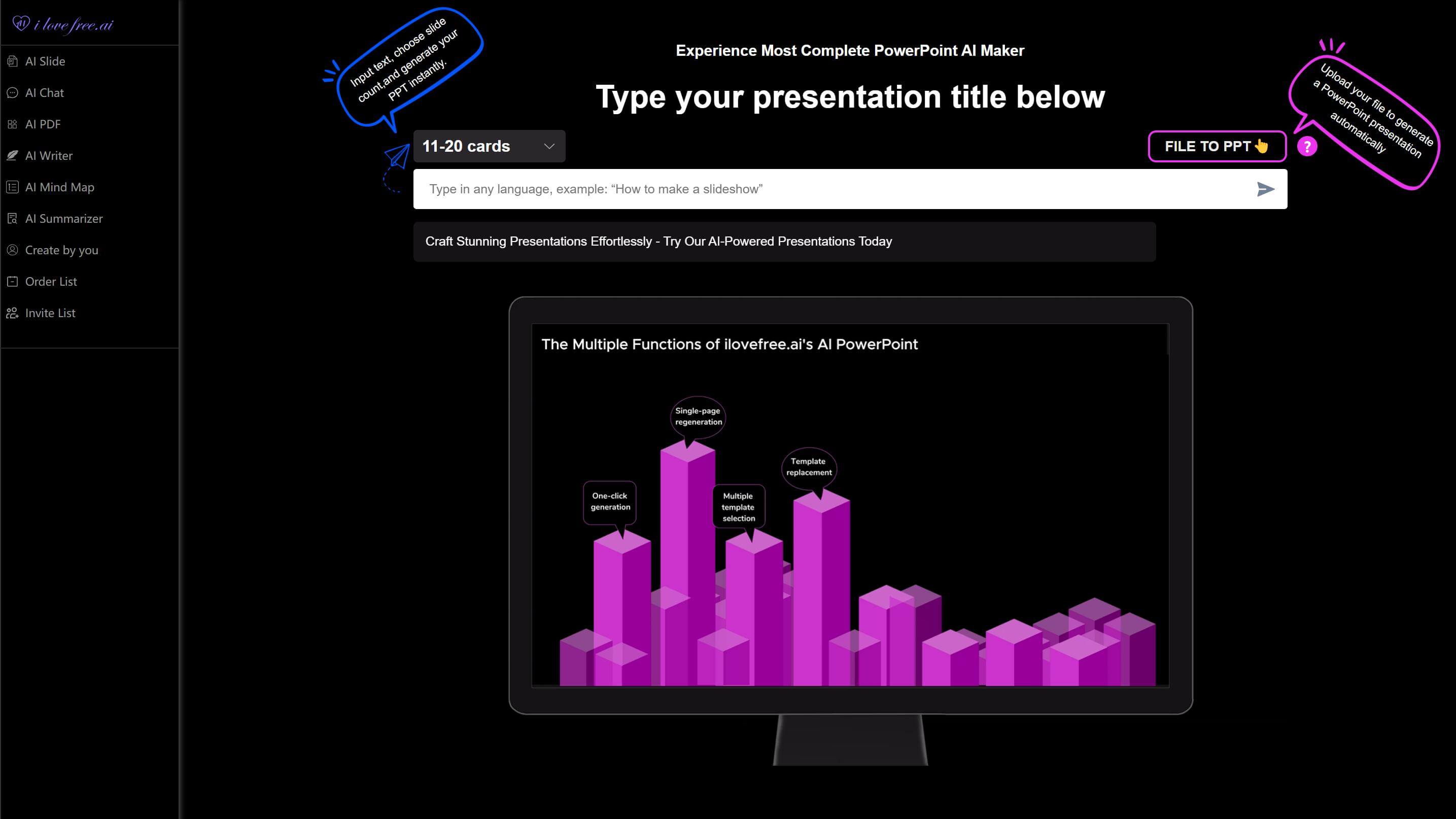
A thesis defense marks the culmination of years of research, analysis, and critical thinking. It is your opportunity to present your work to an academic committee, demonstrate expertise, and address questions about your findings.
Central to this process is the presentation—a structured, visually engaging summary of your thesis that guides your audience through your methodology, results, and conclusions.
This article breaks down how to prepare for a successful thesis defense, design an effective presentation, and deliver it with confidence.
What Is a Thesis Defense?
A thesis defense is an oral examination where a student defends their research before a panel of experts. It involves presenting key findings, explaining methodologies, and justifying conclusions through a formal presentation, followed by a Q&A session.
The goal is to prove the validity, originality, and significance of your work while addressing critiques or gaps identified by reviewers.
A strong thesis defense hinges on two pillars: a well-organized presentation that highlights your contributions and a confident delivery that showcases your mastery of the subject.
Whether you’re defending a master’s thesis or a doctoral dissertation, the presentation serves as the backbone of your argument, distilling complex research into digestible visuals and narratives.
Key Considerations During a Thesis Defense Presentation
Delivering a successful thesis defense requires meticulous preparation. Below are critical factors to address in your presentation:
1. Audience Awareness
Tailor your presentation to the expertise of your committee. Avoid jargon unless explaining niche concepts, and ensure your slides balance depth with clarity.
2. Time Management
Most defenses allocate 20–40 minutes for the presentation. Rehearse to stay within limits—exceeding time may signal poor prioritization.
3. Structure
Follow a logical flow: introduction, literature review, methodology, results, discussion, and conclusion. Each section of your presentation should transition smoothly to maintain coherence.
4. Anticipate Questions
Identify weak points in your research and prepare rebuttals. Incorporate hints to these areas in your presentation to preemptively address concerns.
5. Visual Consistency
Use uniform fonts, colors, and layouts across all slides. A disjointed presentation distracts from your thesis defense’s credibility.
6. Engagement
Avoid reading slides verbatim. Use storytelling techniques to connect data to real-world implications, keeping your committee invested in the presentation.
By focusing on these elements, your thesis defense will demonstrate rigor, professionalism, and readiness for academic scrutiny.

Designing an Effective Thesis Defense Slide Deck
Your presentation slides are visual aids, not substitutes for oral explanations. Follow these steps to create a compelling slide deck for your thesis defense:
1. Start With an Outline
Map your presentation’s structure before designing slides. Identify core sections and allocate slide counts (e.g., 2 slides for methodology, 4 for results).
This prevents overcrowding slides and ensures your thesis defense stays aligned with your research narrative.
2. Prioritize Simplicity
Limit text to bullet points or short phrases. Use high-resolution images, graphs, or diagrams to visualize data. For example, replace paragraphs explaining trends with a line chart.
Clutter-free slides keep the committee focused on your presentation’s key messages rather than decoding dense text.
3. Highlight Key Contributions
Dedicate a slide to summarizing your research’s originality. Use bold headers like “Novelty of This Work” to draw attention during the thesis defense.
Clearly stating your contributions upfront reinforces the significance of your work in the presentation.
4. Incorporate Visual Hierarchy
Emphasize critical points with larger fonts or contrasting colors. For instance, highlight significant results in green and limitations in red.
Strategic formatting guides the audience’s eyes to the most impactful elements of your thesis defense slides.
5. Use Animations Sparingly
Simple transitions (e.g., fade-ins) can guide focus, but excessive animations disrupt the presentation’s flow.
Overuse risks distracting the committee from the substance of your thesis defense.
6. Include Backup Slides
Prepare supplementary slides for technical details or additional data. Mention these during the Q&A if relevant to a committee member’s query.
Backup slides demonstrate thorough preparation and adaptability in your presentation.
7. Proofread Relentlessly
Typos or formatting errors undermine professionalism. Review each slide as if it’s the only one your audience will remember from your thesis defense.
Flawless slides reflect the rigor and care invested in both your research and presentation.
A polished slide deck ensures your presentation reinforces your expertise rather than detracting from it.
Delivering a Confident Oral Defense
The oral component of your thesis defense is as crucial as the presentation itself. Use these strategies to excel:
1. Practice Extensively
Rehearse your presentation aloud, ideally in front of peers. Record yourself to refine pacing, tone, and body language.
2. Master the First Minute
Open with a concise overview of your research question and its significance. A strong start sets a confident tone for the entire thesis defense.
3. Manage Nervous Habits
Avoid fidgeting, excessive pacing, or filler words (“um,” “like”). Pause briefly between slides to reset and breathe.
4. Engage With the Committee
Maintain eye contact and acknowledge nods or reactions. During the Q&A, rephrase complex questions before answering to confirm understanding.
5. Stay Calm Under Pressure
If unsure of an answer, admit it frankly and offer to follow up post-defense. Honesty builds trust more than vague or defensive responses.
6. Leverage Your Slides
Use your presentation as a reference point. For example, return to the methodology slide when explaining data collection processes.
Remember: The thesis defense is not just about proving your knowledge—it’s about demonstrating your ability to communicate it effectively.
Using Ilovefree.ai to Create Your Thesis Defense Slides
For researchers seeking efficiency, ilovefree.ai streamlines slide design with AI-powered tools. Its flagship feature, AI Slide, accelerates the creation of presentation decks:
- AI Slide: Input keywords like “quantitative research findings” or “thesis methodology,” and the tool generates structured slides tailored to academic standards. Choose from templates that align with thesis defense requirements, such as data-heavy layouts or minimalist designs. Editable placeholders let you insert graphs, text, or citations seamlessly. Free users can unlock advanced features—like exporting slides in multiple formats—by watching short ads, making it ideal for last-minute presentation prep.
- Additional Features:
- AI Writer: Generate concise summaries of your literature review or abstract.
- AI PDF: Merge draft chapters into a single file or convert slides to PDF handouts.
- AI Mind Map: Brainstorm connections between research questions and hypotheses.
While these tools enhance productivity, AI Slide remains indispensable for crafting visually cohesive, audience-ready decks for your thesis defense.

